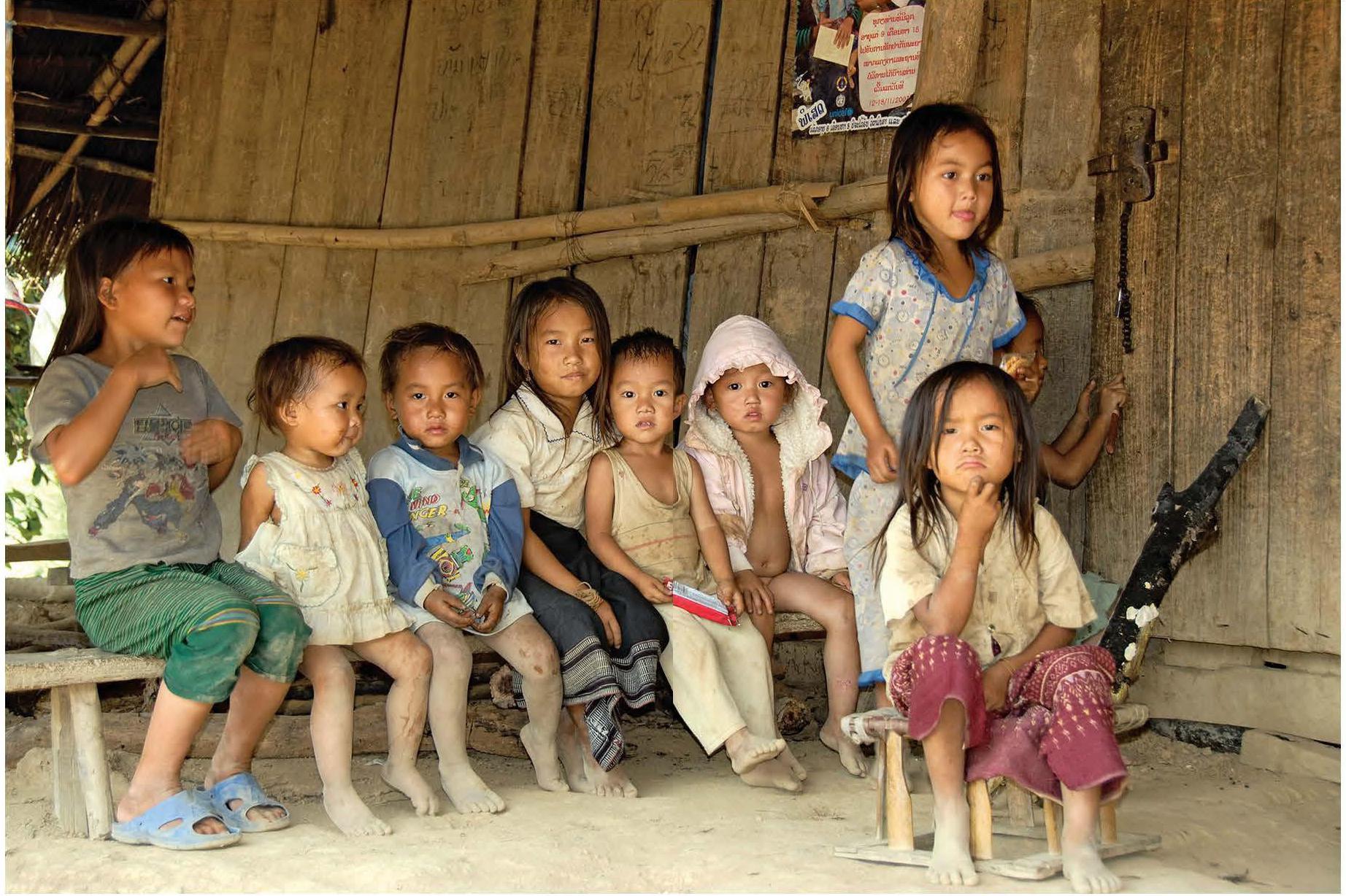
It has become common to think about poorer people as if it is easy to define and measure poverty. Commentators like to write, for example, about the 1,011 million people who were living in absolute poverty in 2011 or, with even greater precision, the 459.6 million who were living on less than $2.00 a day in the Asia Pacific region. But how are poor people identified and their numbers calculated? What assumptions and therefore imperfections are built into the process? Can we think of poor people as a discrete, identifiable group? And is it possible ever to ‘eradicate’ poverty?
The figures just quoted are calculated using an absolute, international (or global) poverty ‘line’, based on purchasing power parity (PPP$) (see Glossary). This can be tracked back to the 1990 World Development Report in which the World Bank used a $1 a day international poverty line to identify the absolute poor in 22 low-income countries. Since then this measure has been expanded so that by 2014 it covered some 166 countries (see http://wdi.worldbank.org/table/2.8). Along with the frugal $1 a day line (since raised to $1.25 at 2005 $PPP) there is a more generous $2.00 a day line (see Figure 1).
Your organisation does not have access to this article.
Sign up today to give your students the edge they need to achieve their best grades with subject expertise
Subscribe




